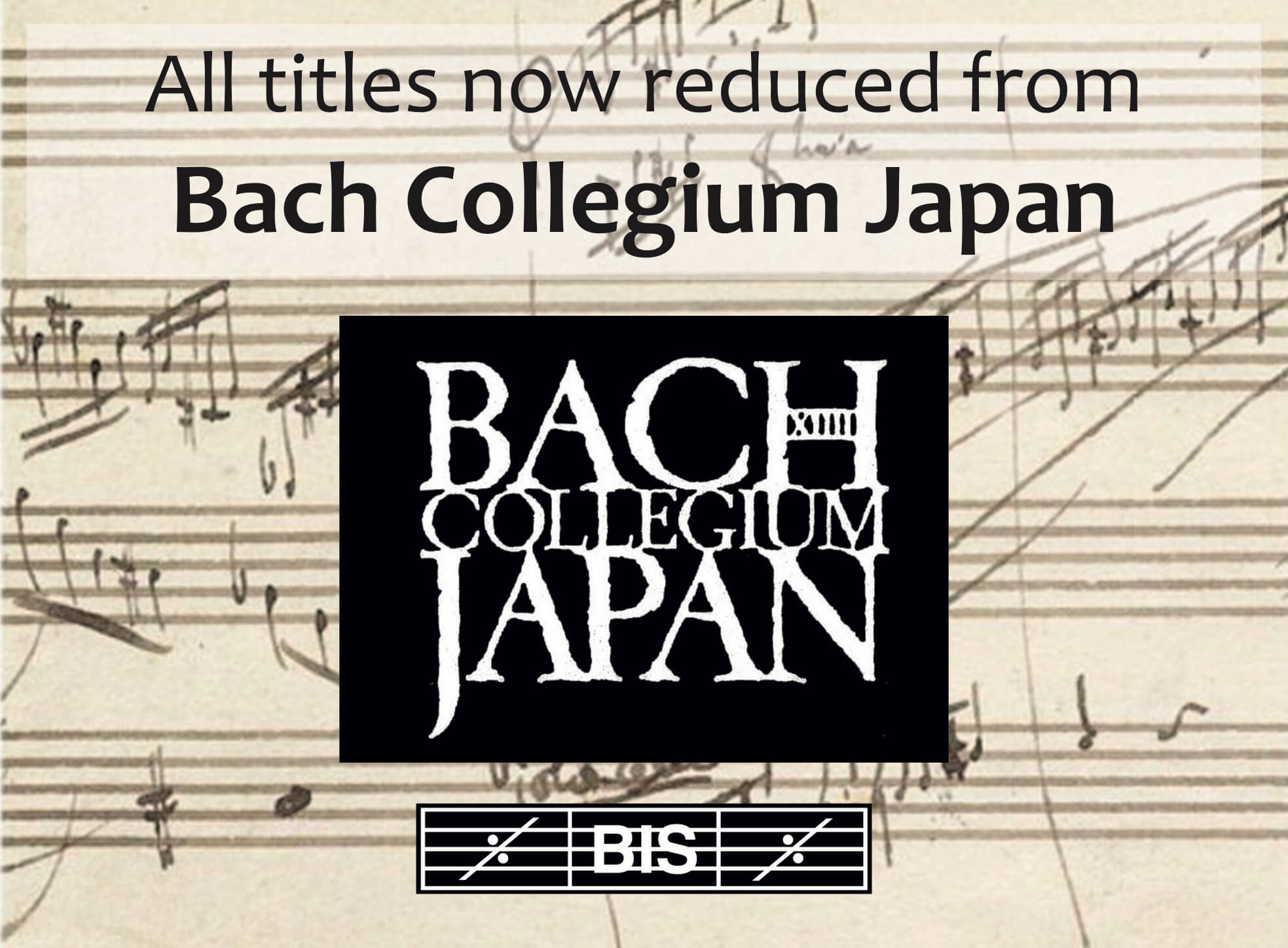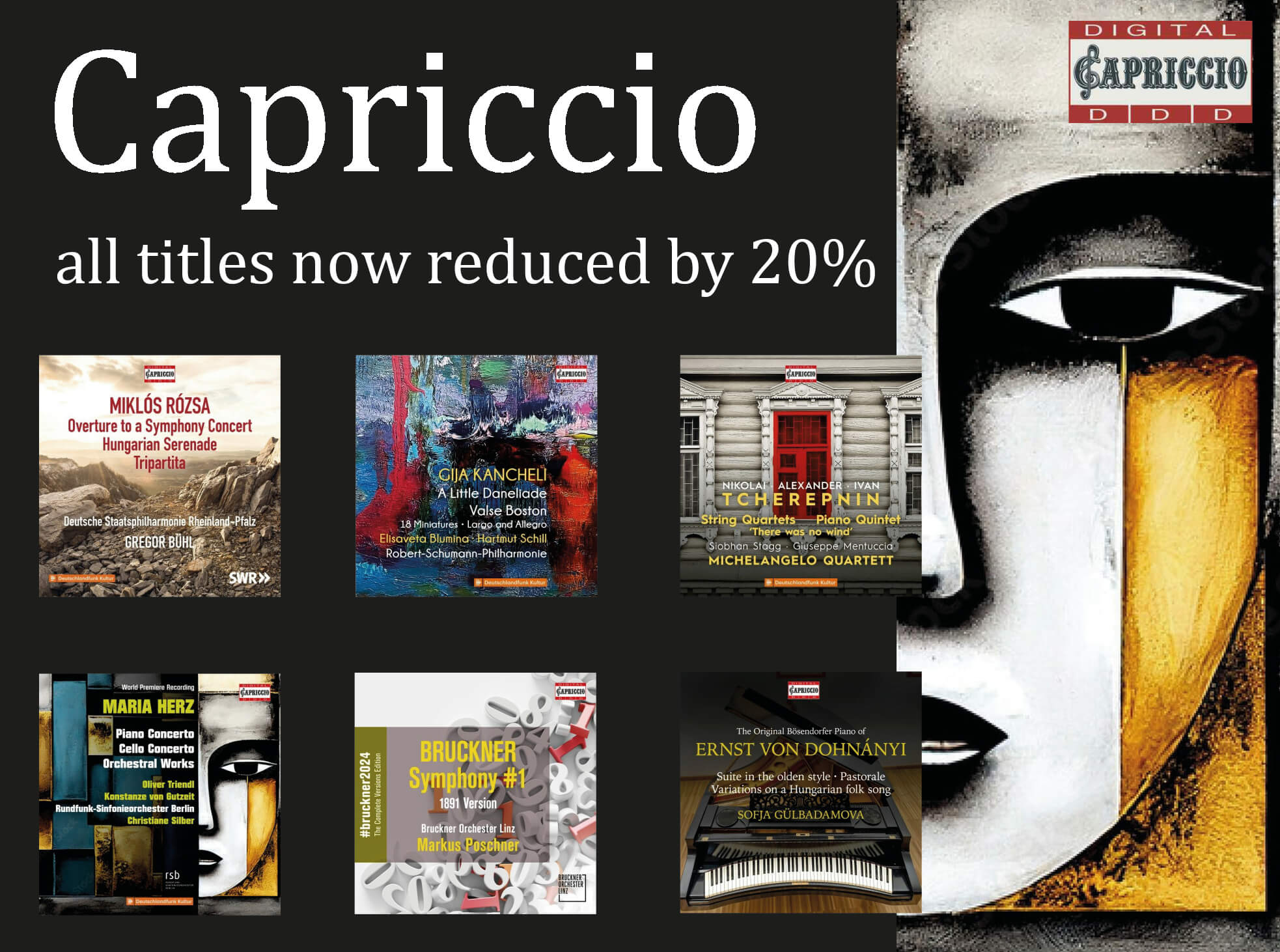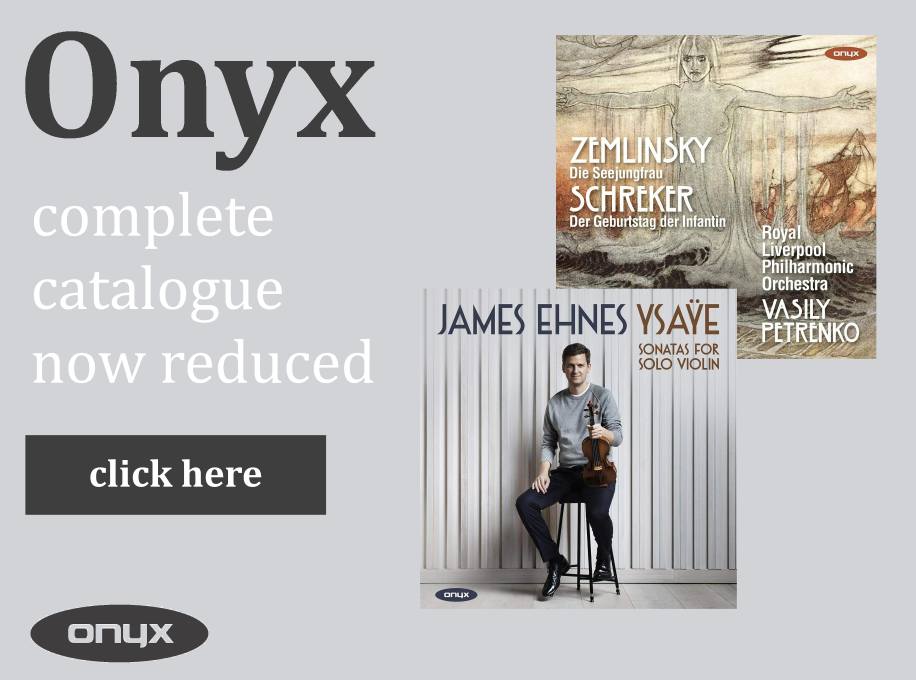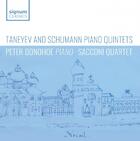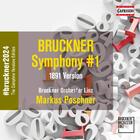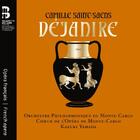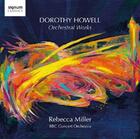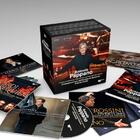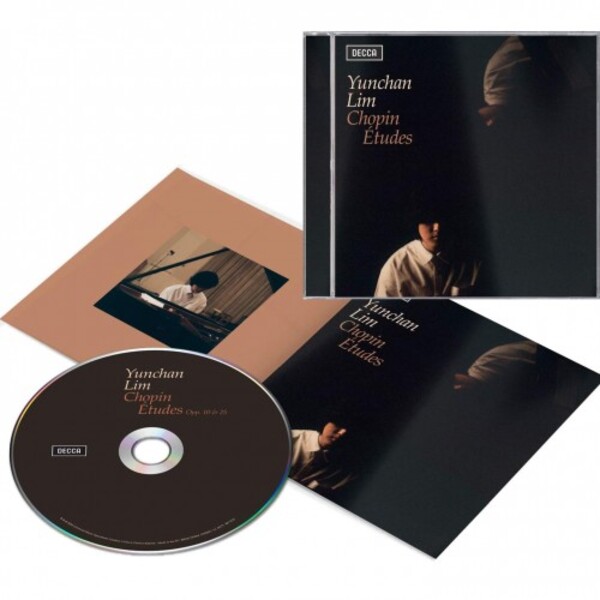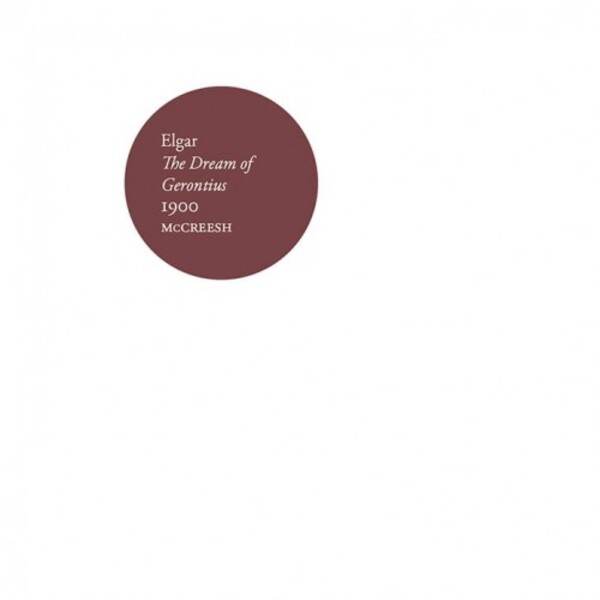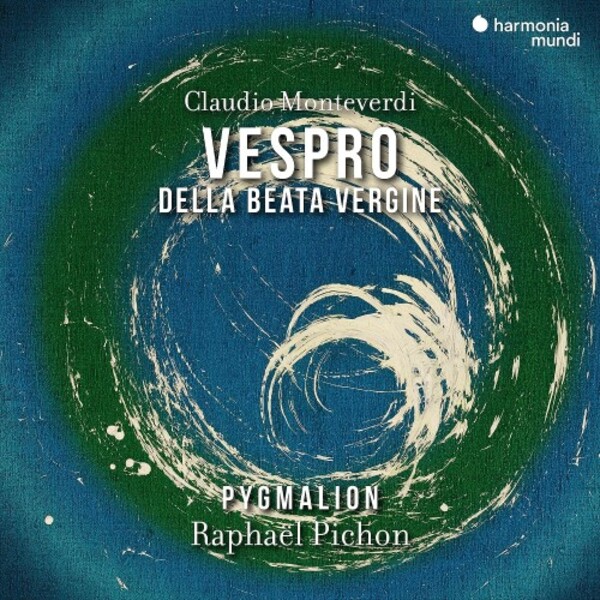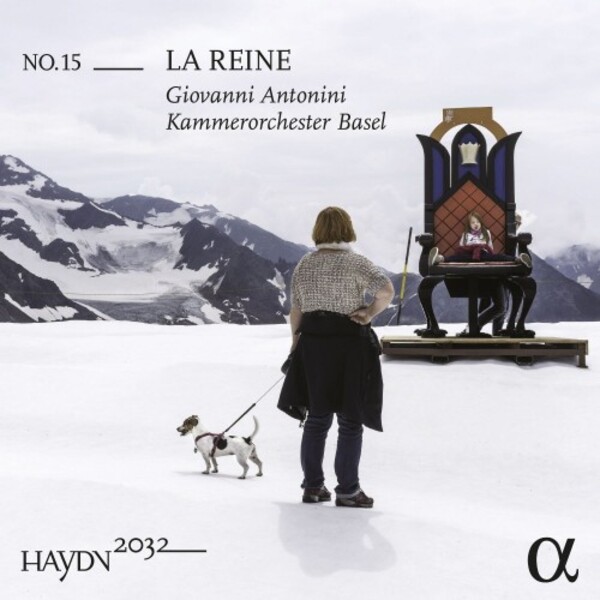
The Europadisc Review
Haydn 2032 Vol.15: La Reine
Giovanni Antonini, Kammerorchester Basel
£12.69
Having started its journey with the ‘middle period’ Sturm und Drang works, Giovanni Antonini’s ambitious non-chronological project to record all 107 of Haydn’s symphonies in time for the composer’s tercentenary in 2032 is now taking in more of the later works where – for many listeners – the chief glories lie. As ever, however, Antonini brings together works from different periods, more or less linked by a common thread. Here – not for the first time in the series – there’s a regal link. The ‘title’ work is Symphony no.85 in B flat major (1785/86), the fourth of the six ‘Paris’ Symphonies which Haydn composed to a commission from Paris’s Maso... read more
Having started its journey with the ‘middle period’ Sturm und Drang works, Giovanni Antonini’s ambitious non-chronological project to record all 107 of Haydn’s symphonies in time for the composer’s tercentenary in 2032 is now taking in more of the later works where – for many listeners – the chief g... read more
Haydn 2032 Vol.15: La Reine

Giovanni Antonini, Kammerorchester Basel
The Spin Doctor Europadisc's Weekly Column

On Rhythm 1st May 2024
1st May 2024
Of all the elements of music, one of the most fundamental is also the most difficult to pin down: rhythm. It’s something we think we understand (or at least can identify), until we start to think about it. The short definition in The Oxford English Dictionary is ‘a strong, regular, repeated pattern of sounds or movements’, while The New Harvard Dictionary of Music is more circumspect in defining it in brief as ‘The pattern of music in time’. Even if not marked by ‘strong, regular, repeated pattern[s] of sounds’, a piece of music will still have rhythm: think of the seamless lines of Renaissance polyphony, which would be considerably more difficult to perform and coordinate if they did not have durational values ascribed to their notes!
Television viewers of a certain age may remember the ‘dummy keyboard’ round of Joseph Cooper’s musical quiz show Face the Music,... read more
 FREE UK SHIPPING OVER £30!
FREE UK SHIPPING OVER £30!